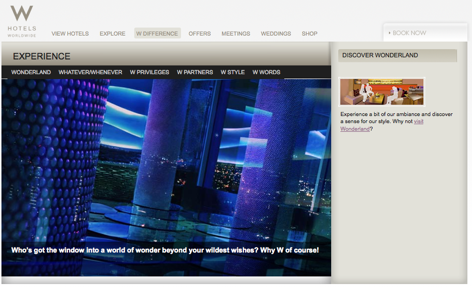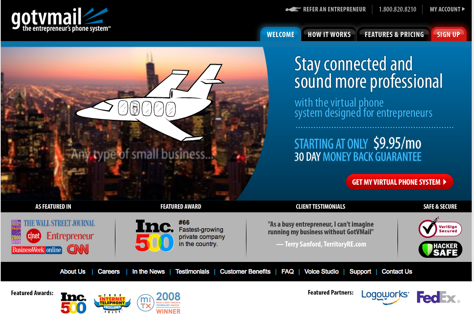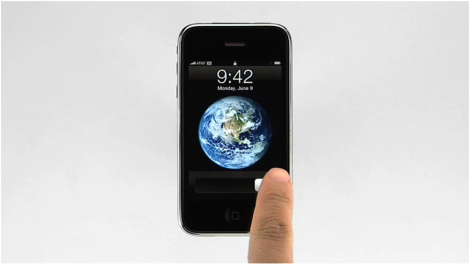Additionally, I’d like to point out two things you can do to make your content appealing to readers:
- Be polite. Being polite does not usually mean adding a dash of please and thank you to all of your content. Rather, it means ensuring your content communicates respectfully. For instance, if your customers are older or tend to communicate formally, you may want to add the occasional please. If your customers are younger or more casual, they may enjoy sassy or friendly sayings that serve the same purpose. [2] Figure 1 shows an example from Bliss that employs both traditional courtesies and clever sayings.
- Be genuine. Most people find someone who seems genuine more persuasive than someone who seems like a hypocrite. I believe we can imbue content with a genuine quality by maintaining a consistent tone, sticking to a consistent message or focus, and ensuring our content is consistently accurate.
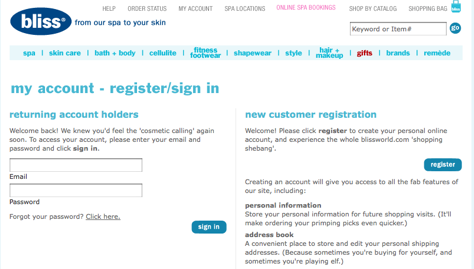
2. Establish credibility.
People tend to find a trustworthy person more influential than an untrustworthy one. B.J. Fogg has done some interesting work on credibility. [3] The following points draw on that work, as well as my own experience:
- Provide specific contact information. Showing a company’s phone number, email address, and physical address reassures customers that your business is legitimate and accountable.
- Show credible affiliations and certifications. If you’ve got them, flaunt them—especially if yours is a new brand or business. Figure 2 shows the scanR home page, which incorporates positive product reviews from well-known brands.
- Make related policies or guarantees easily available. While people often discuss doing this as a way of offering answers to customers’ questions about policies or guarantees, in my opinion, what’s just as important is customers’ seeing you have policies or guarantees. Making them available is a sign of your company’s credibility. Following this tip with the right timing is especially powerful. For example, show your guarantee at a point where a customer is deciding whether to purchase. (More about timing in Recipe 4.)
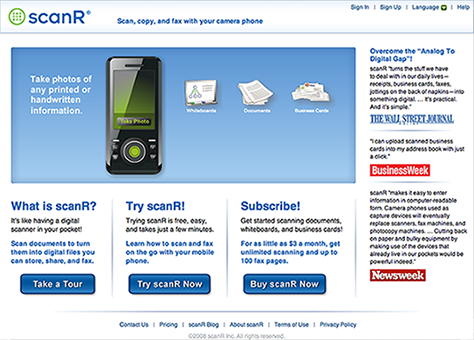
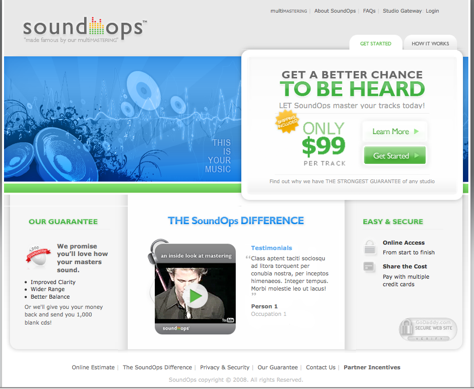
3. Use the right tone for the brand or situation.
Tone is critical to communicating your brand effectively—as well as in handling emotional situations.
- Reflect brand attributes or personality. I don’t know of a better way to add a tangy brand essence to your content than through tone. Bliss, shown in Figure 4, is one of my personal favorites.
- Show sensitivity to the situation. If your customers are likely to be emotional—whether because they’re upset about a diagnosis, worried about a loved one, or frustrated with a bill that’s in error—the tone of your content needs to be more neutral and sympathetic. When you’re not feeling completely well, you usually want chicken soup, not jambalaya. In the insurance claim example shown in Figure 5, the exclamation point that expresses excitement about how easy it is to make a claim is inappropriate. When a customer is making a claim, usually whatever situation has triggered the need to make the claim is nothing to get excited about—at least not in a good way.
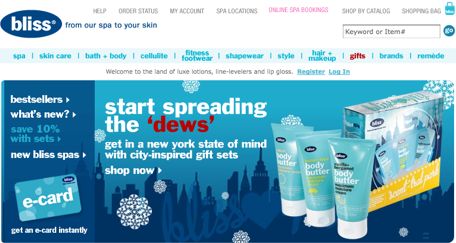

4. Be courteous in your timing and placement of content.
In persuasion theory, kairos refers to using the opportune moment to influence. When applying this idea to interactive user experience design, I see the opportune moment as the right timing and placement. Redish has discussed “marketing moments.” [1] These moments are opportunities—once you have satisfied a customer’s appetite for one item—to market another item to that customer. Here are two related tips I’ve discussed further in my column “Marketing Isn’t a Dirty Word.”
- Don’t interrupt. If your message would interrupt a customer’s task, reconsider its placement. For instance, most good ecommerce experiences limit promotions that might disrupt the checkout process. During checkout, a customer has finished shopping and decided to start the purchasing transaction. Think about it like this: Once a diner has ordered an entree, the waiter does not keep suggesting other entrees.
- Remember relevancy. I am completely open to promoting something while rather than after satisfying a customer’s need, so long as what you’re promoting is relevant. Forrester defines persuasive content as relevant content. While I think persuasive content involves much more than just that, I do agree relevance is critical. During a dining experience, a waiter appropriately offers dessert toward the end of the meal. During a checkout experience, a company might appropriately offer a credit card promotion or a special shipping offer, as shown in Figure 6.

5. Remind customers of differentiators and benefits.
Keeping Recipe 4 in mind, your content can effectively remind customers about how your brand outshines other brands or the advantages of your product or service.
- Remind them boldly. If a brand, product, or service is new—or a customer is new to it—bold reminders and explanations are important. As shown in Figure 7, they can also work well for luxury brands, where the brand experience is the key differentiator.
- Remind them subtly. For ongoing relationships with customers, I find subtle reminders both useful and clever. For instance, I received an email message from the service Shoeboxed, which scans and organizes receipts, that closed with the following: “We hope you are well and staying organized.” This reminds me of the key benefit of Shoeboxed: getting rid of the organizational nightmare that is my stacks of receipts. I also appreciate a subtle approach in task or transaction contexts. As shown in Figure 8, AutoTrader points out its abundance of car listings on an interstitial page that appears while they gather search results.
